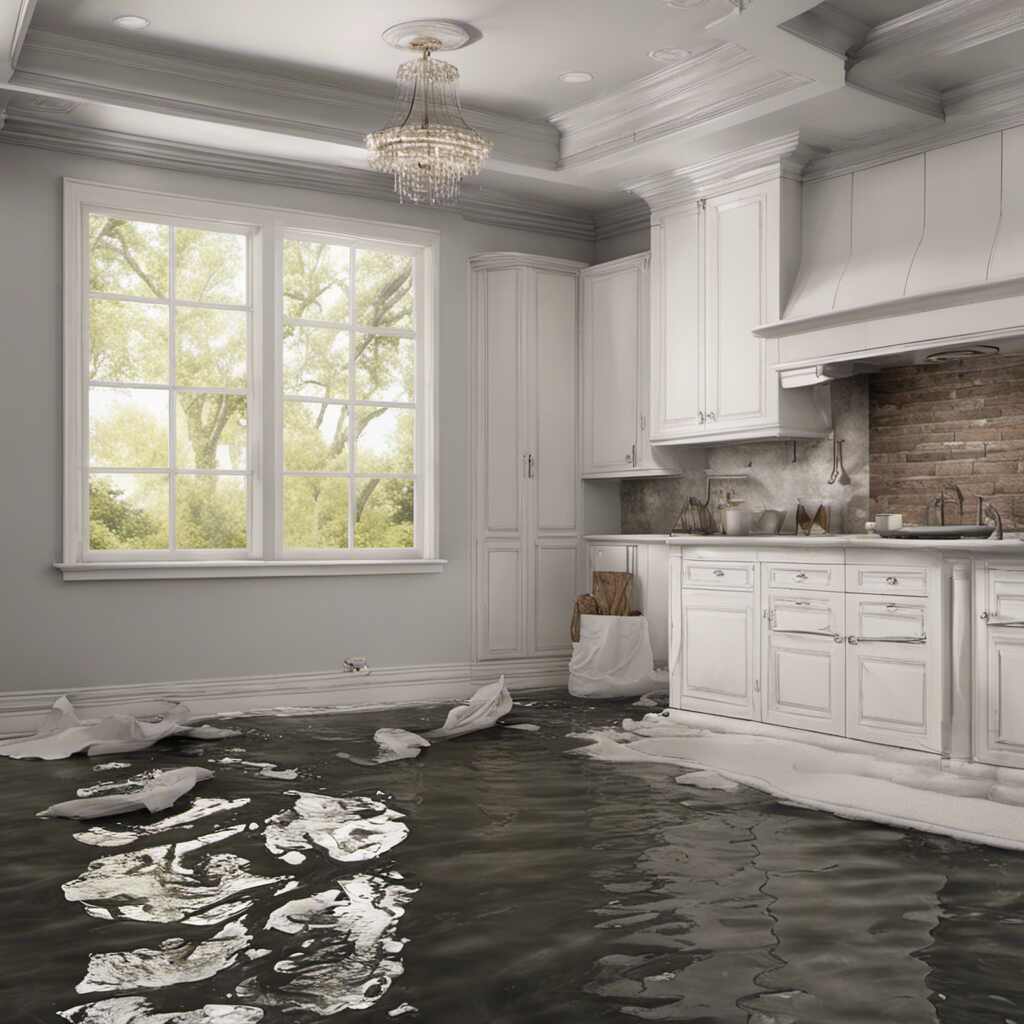
Have you ever experienced water damage in your home? If so, you know how frustrating and overwhelming it can be. It’s not just the water damage itself that poses a problem, but the potential for mold growth afterward. Mold can quickly spread and cause serious health issues, not to mention the costly repairs it can lead to. But fear not! In this detailed article, we will provide you with a step-by-step approach on how to prevent mold after water damage, ensuring your home remains a safe and mold-free haven.
First and foremost, it is crucial to act quickly when addressing water damage. The longer the water sits, the greater the likelihood of mold growth. So, without wasting any time, here’s a detailed guide on how to prevent mold after water damage:
1. Ensure Safety
Before you even begin the prevention process, make sure the area is safe to enter. Turn off electricity in the affected area to avoid any potential electric shock hazards. Also, be mindful of slipping and falling, as wet surfaces can be extremely slippery. If you have any doubt about your safety, contact a professional for assistance.
2. Identify the Source
Once you’ve ensured your safety, identify the source of the water damage. It could be a burst pipe, a leaking roof, or even a malfunctioning appliance. Identifying the source will help you determine the necessary actions to stop the water from entering your home.
3. Stop the Water Flow
In order to prevent further damage, it is crucial to stop the water flow as soon as possible. Depending on the source, this might involve turning off the main water valve to your home, repairing a leaking pipe, or calling a professional plumber.
4. Extract the Standing Water
Now that the water flow has stopped, it’s time to get rid of any standing water in your home. You can use a wet/dry vacuum, buckets, or mops to extract the water. Ensure proper ventilation throughout this process to help dry out the area.
5. Dry Out Affected Areas
Once the majority of the water is extracted, it’s time to dry out the affected areas. Open windows and doors to increase airflow and use fans or dehumidifiers to reduce humidity levels. If necessary, consider renting industrial fans or hiring professionals with specialized drying equipment to expedite the drying process.
6. Remove Damaged Materials
Unfortunately, water damage often leads to damaged materials such as drywall, carpets, or furniture. These porous materials are a breeding ground for mold, so it is best to remove and dispose of them properly. Wear protective gear, such as gloves and masks, to avoid exposure to mold spores during this process.
7. Clean and Disinfect
Once all damaged materials are removed, it’s time to thoroughly clean and disinfect all surfaces in the affected area. Use a mixture of water and a mild detergent to clean non-porous surfaces, followed by a solution of bleach diluted with water (one cup of bleach per gallon) to disinfect. Be sure to ventilate the area during the cleaning process.
8. Monitor the Moisture Levels
After the cleaning and disinfecting process, it is essential to monitor the moisture levels in the affected area. Investing in a moisture meter can help you accurately measure the moisture content of various materials. Ensure that the moisture levels remain at a safe level and continue to monitor for any signs of mold growth.
9. Encourage Air Circulation
Proper air circulation is key to preventing mold growth. Continue to keep windows and doors open, especially in humid areas such as bathrooms or basements. Consider using fans or dehumidifiers to maintain optimal humidity levels. Avoid leaving wet or damp objects lying around, as they can quickly become a breeding ground for mold.
10. Inspect for Mold
Regularly inspect the affected area for any signs of mold growth. Look out for visible mold, musty odors, or any allergic reactions you may experience. If you notice any of these signs, take immediate action to address the mold problem before it spreads further.
11. Call in the Professionals
If, at any point, you feel overwhelmed or unsure about preventing mold after water damage, don’t hesitate to call in the professionals. Mold remediation specialists have the expertise and specialized equipment to ensure thorough mold removal and prevention. Their knowledge will provide you with peace of mind and a mold-free home.
Following this detailed approach can effectively help you prevent mold growth after water damage and protect the health and well-being of your family. Remember, time is of the essence, so act quickly when faced with water damage. Stay excited about safeguarding your home from mold, and you’ll be well on your way to a mold-free environment.






